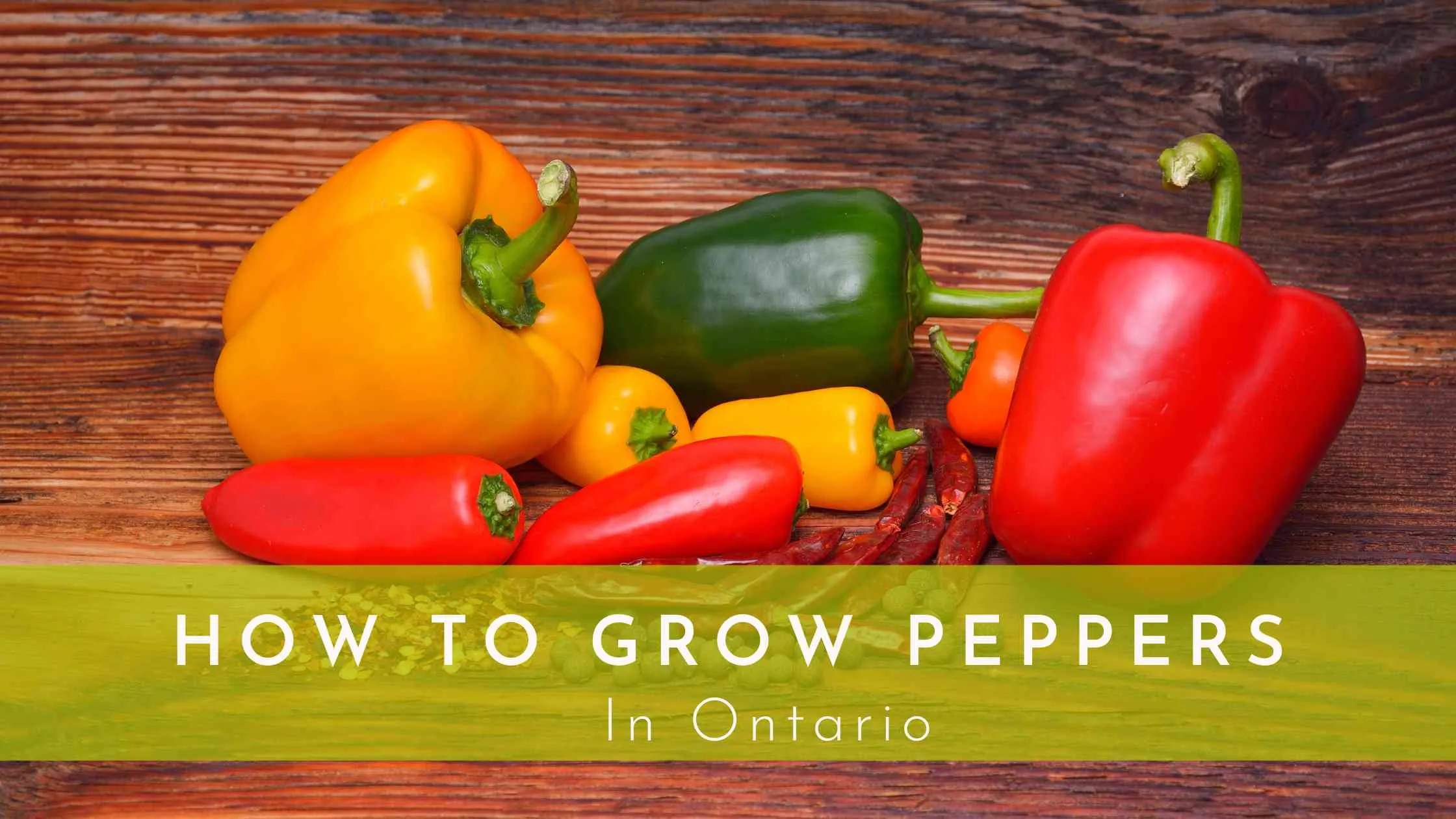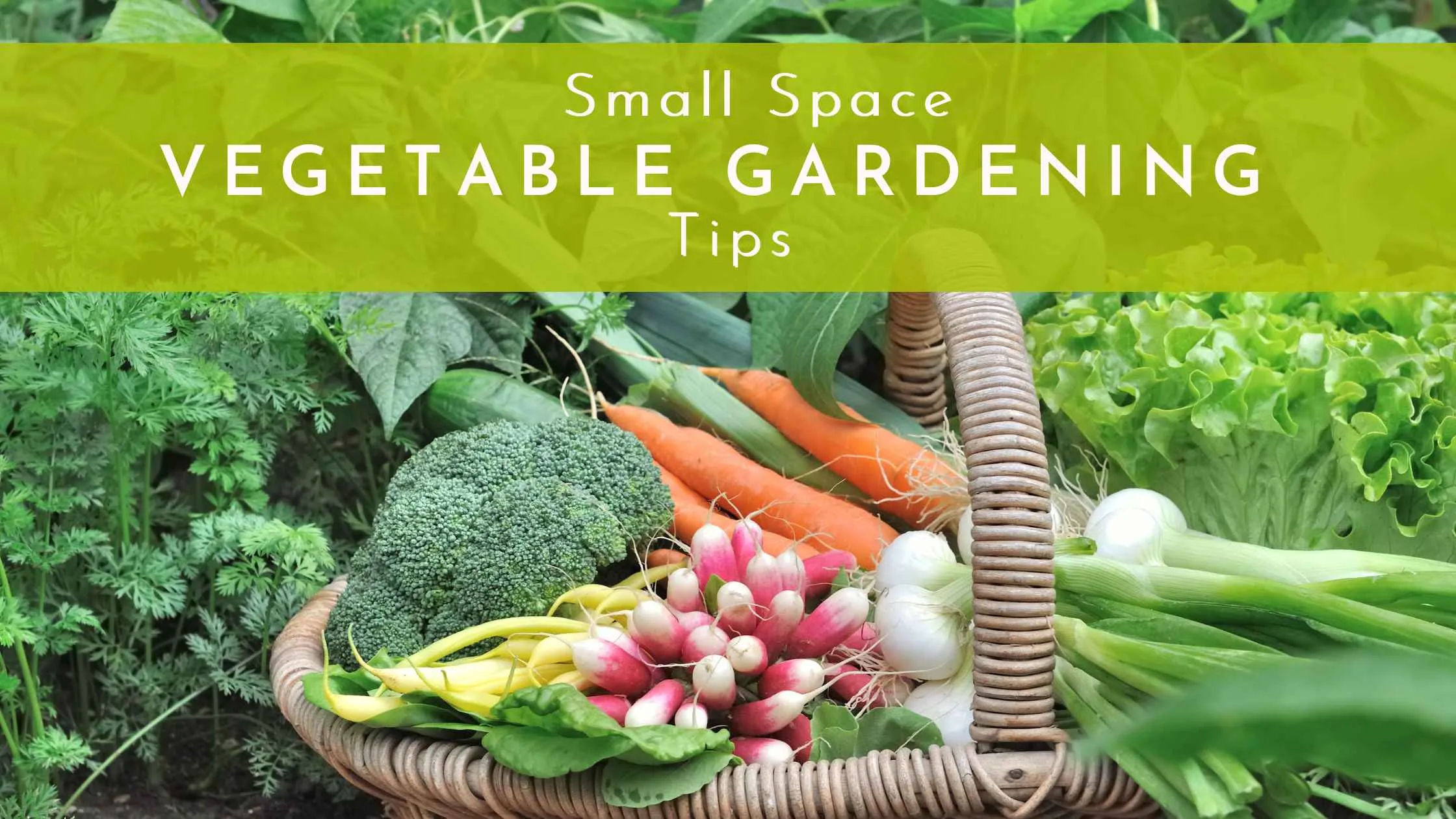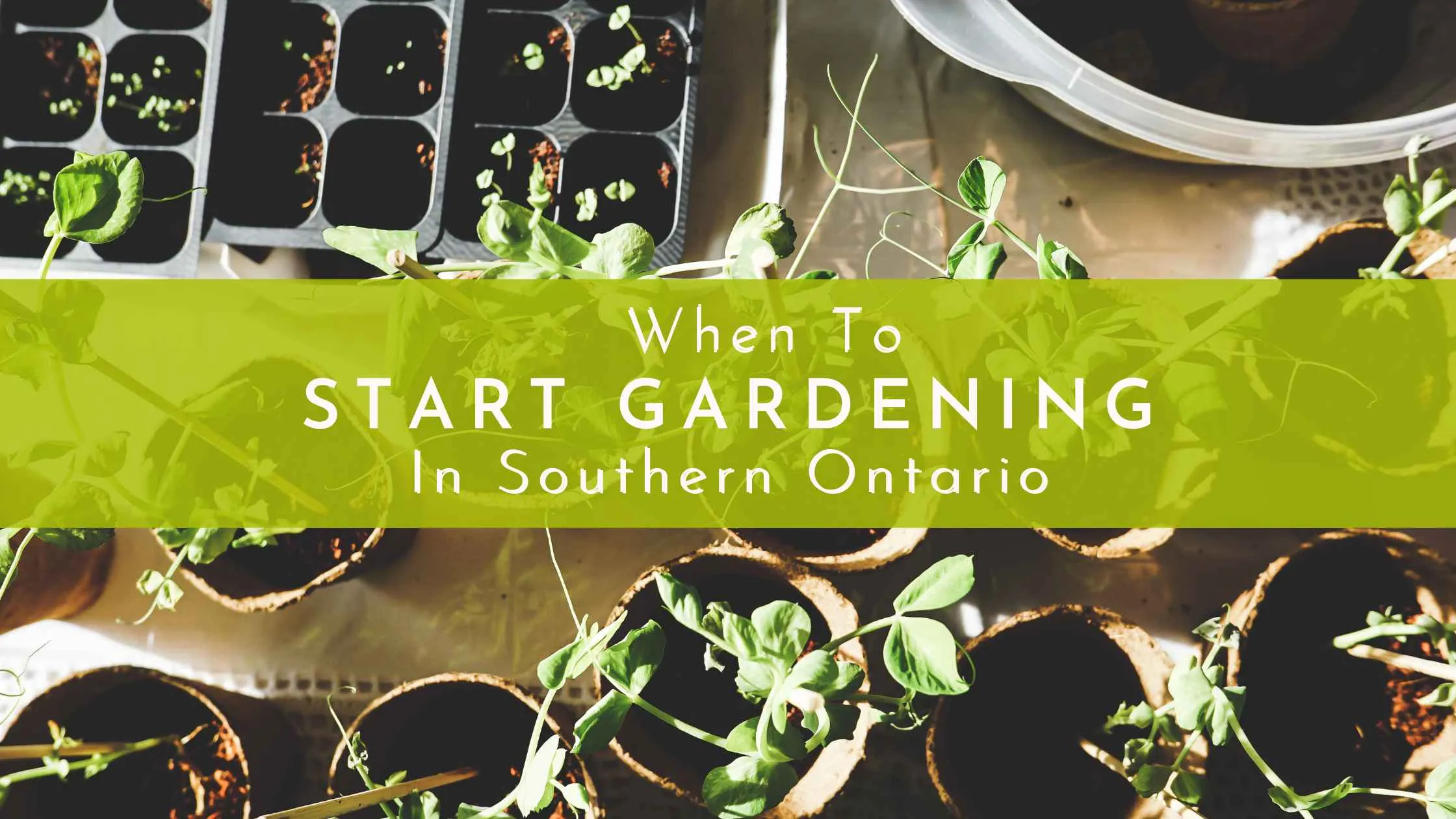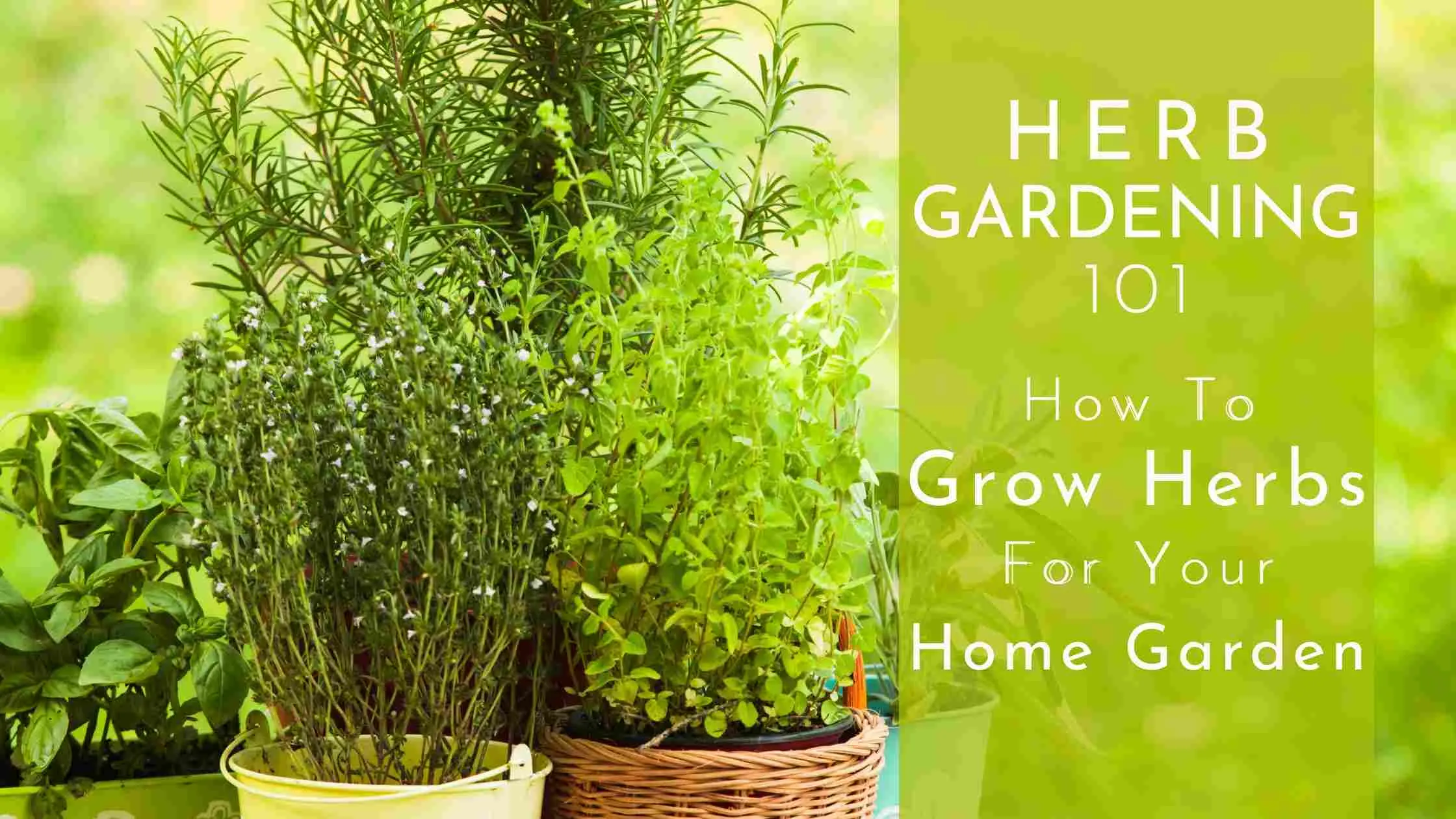What Are Cold Frames And How To Build One
Cold frames are a simple and streamlined way to grow plants and extend your growing season. Gardeners know the importance of having a cold frame in their gardening tool kit. If you want to start your seeds earlier in the spring, harden off the tender plants, or want to grow winter salads, cold frames are there to help you.
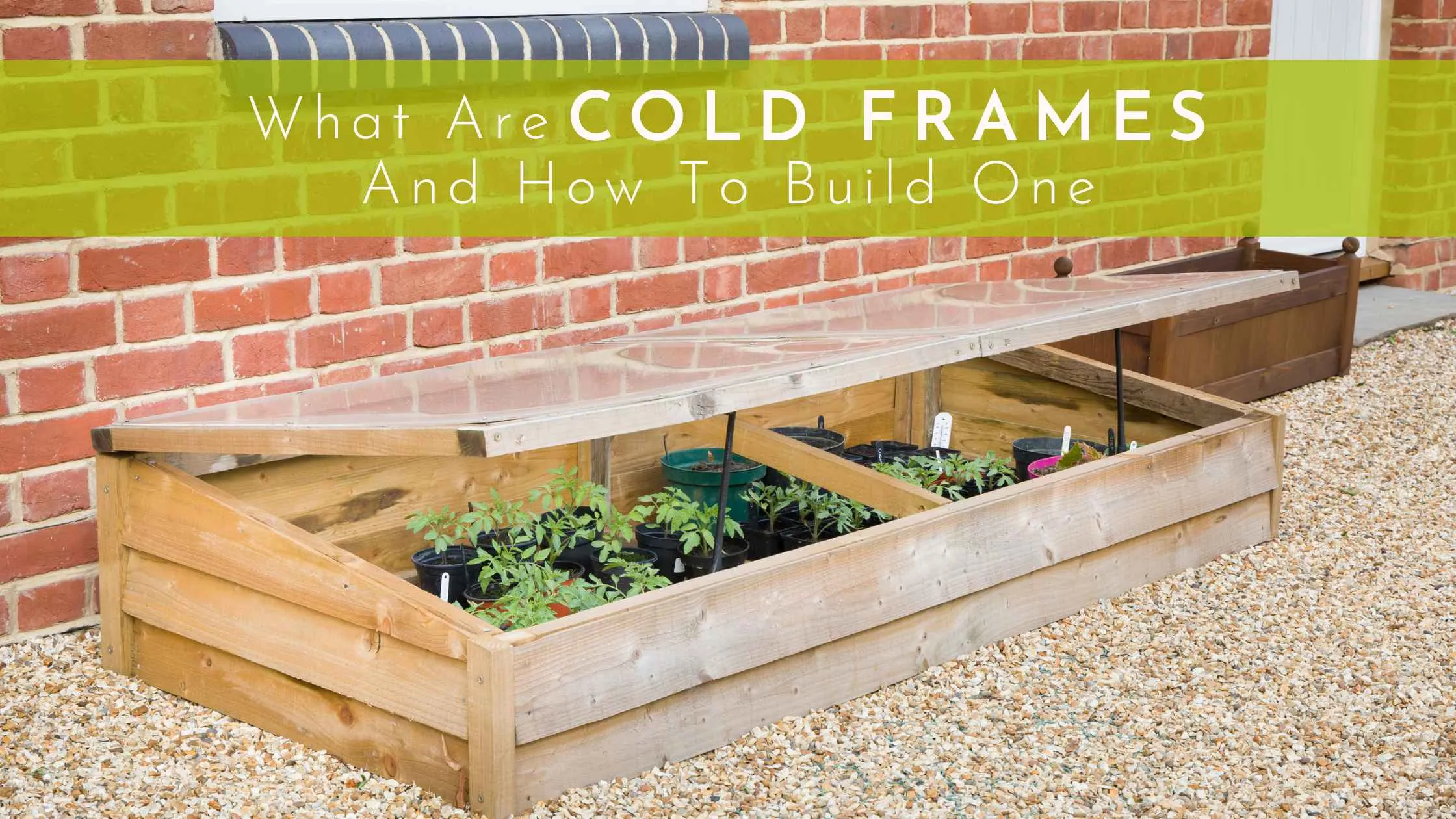
What Is A Cold Frame?
Cold frames are simple transparent outdoor structures that are used to protect plants and plant beds from cold weather while providing them with enough sunlight for proper growth.
Cold frames provide a protected environment for your plants.
Benefits of Using Cold Frames
Cold frames create a microclimate in a garden with the help of sunlight and insulation. They are widely used in different regions to grow winter crops and seedlings. Their lids help to retain the heat that is generated by the sun. The trapped, radiating warmth helps to protect even delicate seedlings.
The environment of the cold frame can be further regulated with the addition of an extra insulation layer above or below the lid for extra protection. With an extra insulation layer on top of the lid, you have even more control over your seedlings' environment, allowing you to adjust the temperature depending on your needs.
So cold frames are a quick and easy way to extend your growing season and grow plants even in colder climates.
How Do Cold Frames Work?
Cold frames don’t have any electronic system to warm up the inner atmosphere. They utilize solar energy and warm soil during the day to produce plant-protecting power.
Cold frames work by trapping the sun’s radiation and providing a protected environment for your plants. Their lids help to retain the heat that is generated, which warms up the soil and helps to ensure a regulated temperature throughout and within the cold frame, promoting healthy plant growth.
With an extra insulation layer on top of the lid, you have even more control over your seedlings' environment, allowing you to adjust the temperature depending on your needs.
Cold frames are usually divided into three parts, including the top, the sides, and the bottom.
1. Top
The top of a cold frame consists of a light-permeable cover, made up of plexiglass, regular glass, or greenhouse plastic.
2. Sides
The sides of the cold frames act as a supportive structure that can be made from any material including, wood, ceramic, or bricks.
3. Bottom
You can simply use soil for the bottom of your cold frame. Make sure the bottom of the cold frame has a proper drainage system.
Different Ways To Use A Cold Frame
Cold frames can be used for many purposes. But you might need to know some basic factors before building a cold frame:
- Not all plants grow well in cold frames
- Different structures of cold frames provide different protection levels to your plant
- No matter what the structure is, your plants need to be monitored regularly for their temperature, solar energy, wind exposure, and moisture
1. Protect Tender Plants During Winter
Cold weather can rupture tender plant cells that result in slow growth or permanent damage. If you also have tropical or tender plants in your garden, you need a cold frame to protect them from harsh weather.
As cold frames are not a greenhouse, your plant might not be able to grow as lushly but at least you can save it for blooming in the next spring season.
Moving Tender Plants To A Cold Frame
Cold frames provide insulation to the plants where they can become dormant. If you want to keep your tender plants in cold frames, you need to follow some simple steps.
- If your plant is not in a container, you need to transfer it first into a large plastic pot that has enough room for soil to make the process of insulation easy.
- Put these plastic pots in the cold frame and add leaves or mulch to cover the soil surface. Make sure all the air gaps are completely covered with soil and the pots are well-watered.
- After transferring the tender plants to the cold frame, all you have to do is to monitor the temperature and moisture
Watering Dormant Plants
Avoid watering too much because it can damage dormant plants. Keep the soil beds wet to the touch to provide the moisture required for a healthy dormant environment.
Don't Keep Them In Direct Light
Keeping dormant plants in direct sunlight can result in too much active growth that we don’t want at this time. To prevent too much sunlight, you can use white plastic covers on the cold frames. It not only limits the amount of sunlight reaching the plants but also balances the temperature during day time.
2. Give Seedlings An Early Start
With a portable cold frame, you can start sowing seeds a few weeks earlier. These frames also protect the plants from transplanting shock.
Tips For Sowing Your Seeds
Cool-season plants can be planted during spring or fall because they need low temperatures for germination. As seedlings are more prone to damage from harsh cold weather, you should install the cold frame two weeks before seeding. It warms up the soil making it ideal for germination.
Transplanting Seedlings From Indoors To Cold Frame
If you are going to start your seeds indoors or in a greenhouse, you should start them at least six weeks earlier. You can transfer these seedlings in a cold frame later.
Place the cold frame two weeks before transplanting the seedlings to make the soil warm. Always monitor the sunlight, wind, and moisture of these plants carefully.
Caring For Your Seedlings In A Cold Frame
The cold frame act as a windbreak to protect small plants so the soil dries out quickly. Therefore, the plants need to be moisturized more often.
Plants in cold frames have a higher risk of damage from excessive heat or drought than from cold weather. Therefore, you should provide them with proper ventilation.
3. Transferring Seedlings From Indoors To Cold Frame
The plants you transfer from the greenhouse or indoors to a cold frame needed to be acclimated. As plants have different exposure to wind, sunlight, and moisture in a cold frame, so they need time to get used to a new climate.
Keep Track Of The Weather Forecast
A very important factor that decides the future of your plant is the weather in which you transfer it into a cold frame. The best thing you can do is keep a record of the extended weather forecast. The ideal temperature for transferring plants to a cold frame is 35°F/2°C or above.
Transplanting In Warm Weather
If you are going to transplant in warm weather, you should wait until the weather gets stabilized. Make sure the seedlings have developed three to four sets of true leaves and are well-rooted.
After putting the plants in the cold frame, they need ventilation. Always start ventilation during the warmest time of the day. Open the cold frame only for a few minutes in the beginning then gradually increase the time, the frame is left open.
4. Extend Your Growing Season
To extend your growing season, you can use a plastic hoop tunnel. It not only provides insulation but also protects the plants from frost.
How To Build A Hoop Tunnel
The easiest way to build a plastic hoop tunnel is to insert metal stakes in the ground, at least 12 to 18 inches deep. Now create an arch-like structure by sliding approximately six-foot sections of PVC pipes or electrical conduit. Stretch plastic over these hoops and your hoop tunnel is ready.
These hoops will protect your plants from cold temperatures and frost at night.
How To Get The Most Out Of Your Cold Frame
To get the most out of your cold frame, use it to its fullest potential. Make sure you keep the soil damp by sprinkling water throughout the day during dry weather conditions and ensure that the plants inside have enough room to grow. Properly insulate the walls and top of your cold frame with foil or bubble wrap for extra protection from frost.
You can also repurpose old window frames as lid for extra insulation and light. Be sure to check and regulate ventilation as needed, especially on hot days when excessive heat can quickly build up in a closed cold frame.
Ideal Plants For A Cold Frame
You cannot put every plant in a cold frame. The temperature inside a cold frame is warmer than the outside air therefore cold-weather plants are an ideal option. The best plants to be used in a cold frame include spinach, kale, parsley, lettuce, arugula, chard, radishes, carrots, beets, and scallions.
Almost all winter plants are cold-tolerant and they can also tolerate frost to some extent. But even winter plants don’t grow when the temperature is less than 40°F/4°C.
Cold frames can also be used for growing spring transplants. Spring plants are more sensitive to weather and need more care and attention.
How To Build A Cold Frame
If you don’t want to spend a lot of money on buying a new one, you can build your cold frame. Cold frames are very simple structures that can be easily constructed from concrete blocks, bricks, plastic, or timber.
Making A Cold Frame
For making a cold frame, you can start with any old window frame or your old shower door. If you don’t have any of these simply use a sheet of glass or twin-wall polycarbonate.
The Lid
Use strong hinges to fix the lid on the walls of the cold frame.
The Frame
To make the frame, you need lumber of the same length. To give a slope-like structure to the cold frame, use four boards at the back and three at the front.
For the side of the box, you need seven short boards. The seventh board should be cut in half diagonally, making a triangular shape. These last two boards will be placed on the top to match the slope of the box.
To keep all these boards in place, you are going to need four corner battens. These battens should be an inch thick to hold all the screws. Cut two battens with the length of the front boards, and the other two with the lengths of the back boards.
Another, two short and two long battens would be required to vent the cold frame or open them completely during warm days.
Tools
To hold the setup in place, you will need wood screws, a screwdriver, and a drill.
Making The Frame
Always start by making the frame. Drill screws at both ends of the side boards. Now join the top boards into the board below it by screwing the narrow side.
In the same way, screw the front and back boards in the battens. After joining all the boards, now your frame is ready for the lid or lids.
Adding The Lid
Place the lids on the frame and screw on the hinges properly. The longer the lids, the more hinges you need to screw. Add the lid support battens to the boards and your cold frame is ready to use.
Watch the video below for a step-by-step guide to building your cold frame:
Cold Frame Building Tips
The following are some easy tips to build a cold frame:
1. Use Hardwood For The Frame
Wood is the most popular building material for cold frames. It is easy to use and readily available. It can be cut to the required size using simple hand tools. For making a cold frame, hardwood is an ideal choice because it lasts longer than softwood.
2. Thick Cover
Cover the top of the cold frame with clear glass or plastic. The thicker the material, the better the insulation it provides. You can also use old glass windows or glass doors to make your cold frame.
3. Use Raised Beds To Make Your Cold Frame
You can convert your raised beds into temporary cold frames. All you have to do is to add a sheet of glass on top of the beds.
4. Use Plastic Bottles/Jugs To Make Cold Frames
If you don’t have time to build a proper setup of cold frames this simple gardening hack is just for you. Cut the bottoms of plastic jugs and cover each plant with them.
Use mounded soil to keep the jug in its place. For ventilation during warm days, you can simply remove the caps of the jugs.
Additional Tips For Creating An Effective Cold Frame Setup
These are mentioned before, but are worth mentioning again to ensure the best setup for your cold frame:
- Make sure you use the right soil and select the right plants. Choose a potting medium that is balanced with necessary nutrients for proper plant growth and select your plants based on their growth habit to ensure there’s room for them to grow inside the cold frame environment.
- Also, position your cold frame in a spot that gets direct exposure to sunshine so that it receives maximum warmth from the sun's rays. Carefully monitor the temperature inside the cold frame and adjust accordingly depending on the outside climate. Lastly, use nets or screens to guard against pests and disease.
In Summary
Gardeners know the worth of having a cold frame in a garden. Cold frames are very easy to make and use. They protect your plants from the cold and strong wind. You can easily make one for your garden to protect your plants from harsh weather.

